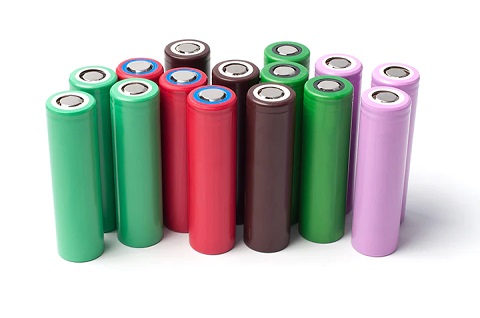How to Protect Your Vape Battery?
kahea ana o na pu ki is a crucial component of vaping devices, far surpassing the power of typical remote-control battery. These high-capacity cells demand careful handling to ensure safety and longevity of battery. Despite the importance of battery safety, newcomers to vaping often receive minimal guidance on managing their device’s battery effectively. This guide aims to fill that gap, offering detailed advice on maintaining and using vape battery safely.
Maintaining Battery Wraps in Good Condition
The integrity of your vape battery wraps is paramount. A compromised battery wrap can expose the battery, increasing the risk of short circuits and accidents. Should you detect any battery damage, such as tears or nicks in the battery wrap, immediate action is required. Re-wrapping battery is a straightforward and inexpensive solution. Nā hale kūʻai vape typically offer battery re-wrapping services, often at no cost, ensuring your battery remain safe for use.
Choosing the Correct Battery for Your Device
Every battery is not created equal. Depending on your vaping style—be it low wattage or sub-ohm vaping—certain battery will be more suitable than others. It’s crucial to select battery that match your device’s specifications. Avoid relying solely on the manufacturer’s ratings on battery wraps, as these can be misleading. Instead, seek out independent battery reviews and adhere strictly to the battery’s continuous discharge rating (CDR) to avoid overstressing the cells.
 Using Battery Cases for Safe Storage
Using Battery Cases for Safe Storage
When not in use, battery should never be tossed into pockets or bags without protection. Metal objects can come into contact with unprotected battery, potentially causing short circuits and leading to dangerous venting or even explosions. Plastic battery cases provide an affordable and reliable solution for safe transportation, available in various materials and designs to suit any preference.
Employing Dedicated Battery Chargers
While modern devices often support charging battery within the mod, using a dedicated battery charger is a safer alternative. Not only does this approach reduce the risk of damage to your battery, but dedicated battery chargers also offer additional features, such as monitoring battery health and providing battery charging data. Investing in a quality battery charger can enhance the overall safety and longevity of your battery.
Monitoring Charging Battery Practices
Leaving battery to charge unattended, especially overnight, is a practice fraught with risk. Charger malfunctions, although rare, can have serious consequences. It’s essential to supervise the charging process of battery, removing battery promptly when fully charged and storing them in battery cases when not in use.
Avoiding Battery Over-Drainage
To maximize the lifespan of your battery, avoid allowing them to fully deplete before recharging. Lithium-ion battery loses capacity more rapidly when discharged completely. Most vaping devices feature battery level indicators, enabling users to recharge their battery before they are entirely drained, thereby preserving their cycle life.
Protecting Battery from Extreme Temperatures
Vape battery is sensitive to temperature extremes. Exposure to high temperatures can accelerate battery aging and increase the risk of venting, while cold temperatures can diminish battery capacity. Store your battery in cool, shaded areas, away from direct sunlight and never leave them in hot vehicles. For those living in areas with extreme weather conditions, transporting your vape device and battery in an insulated cooler, while ensuring battery remain in its case, can provide additional protection.
Using ‘Married’ Battery for Multi-Battery Hoʻololi
In devices that require multiple batteries, it’s crucial to use identical battery and keep them paired—referred to as ‘marrying’ batteries. This practice ensures even charging and discharging, preventing imbalances that could affect battery capacity and battery performance.
Replacing Battery Regularly
Every battery has a finite lifecycle, characterized by a certain number of charge-discharge cycles. Over time, lithium-ion battery will begin to lose capacity and power. If you notice a decrease in battery performance or if your battery is over six months to a year old, it’s time for a battery replacement.
 Recycling Old Battery Responsibly
Recycling Old Battery Responsibly
When it’s time to replace your battery, recycling battery is the responsible choice. Disposing of battery in the trash can lead to short circuits and pose a fire hazard. Recycling battery not only mitigates these risks but also contributes to environmental conservation. Look for designated battery recycling bins and follow proper battery disposal guidelines.
This guide underscores the importance of proper vape o na pu ki care and safety, offering tips to ensure vape battery longevity and performance. Adhering to these guidelines not only enhances your vaping experience but also ensures battery durability and safety.



